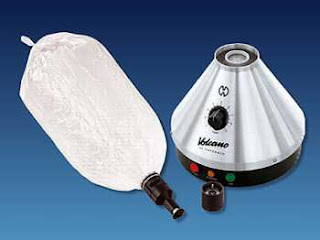Hello fellow readers and welcome to another entry of Food Science where I, your host, shall be accompanying you on a tour of several interesting new ideas which you can incorporate into your cooking (including some recipes which I have found). One of such things involves one of our most simplest ingredients, namely eggs. Yes, eggs. Almost nothing can go wrong with cooking an egg, however, for those who find the task of merely boiling or frying an egg you could step outside that comfort zone and try something a little more interesting. One of such things being firstly, the technique of preparing the egg. In order to cook, one must first learn how to prepare the ingredients necessary for a dish. Eggs are well known for having high amounts of protein and thus, the proteins contained within them will change when you beat them, heat them or mix them with other ingredients such as onions and pepper.

One must first take note that when heating the egg, the egg-white proteins are being agitated and tend to bounce around. The movement itself causes the proteins to loosen allowing the proteins to bond with new chemical forms. However, if heated at high temperatures for too long, the egg will become rubbery because too many new chemical bonds are being formed thus, not making it as appetizing.
.JPG)
Another thing to note while preparing eggs is the beating process. While beating the eggs, we are actually causing air bubbles to form in the egg-white and causes the same reaction in loosening the proteins as when you heat them. When these air bubbles are against the egg-white proteins the proteins uncurl so that the its parts which require water can be immersed in water itself and those parts which require air is able to stick to the air instead. The proteins will then uncurl, bonding with each other and trapping the air bubbles. When the egg is then heated, the structure of the egg will not collapse when the bubbles burst.

Lastly, we come full circle to mixing eggs. Some ingredients may be harder to mix than others, but as with most recipes, oil and water-based liquids are required to be mixed and stuck together. How to overcome this barrier? It is the egg-yolk itself which will aid in the mixing of the liquids. This is because egg yolks contain plenty of emulsifiers as they have some amino acids which repel water and some amino acids which attract it.
Now dear readers, without further ado here is one such recipe one can try at home. Enjoy!
Flan also known as creme caramel.
References:
Beating Egg Whites. (n.d.). Retrieved from Good Housekeeping:
http://www.goodhousekeeping.com/recipes/cooking-tips/beating-egg-whites#slide-1
Debbie. Eggs brioche.
Flan Recipe. (n.d.). Retrieved from The Accidental Scientist: Food Science:
http://www.exploratorium.edu/cooking/eggs/recipe-flan.html
Low, B. Y. Flan (Caramel Custard). California.
Patricia. (2009, November 10). ButterYum: Baby
Chocolates. Retrieved from ButterYum: http://butteryum.blogspot.com/2009/11/baby-chocolate-oblivions-wow.html
Science of Eggs: Egg Science. (n.d.). Retrieved from The Accidental Scientist:
Science of Cooking: http://www.exploratorium.edu/cooking/eggs/eggscience.html
Stratley, L. (n.d.). Eggs - How to Cook Eggs.
Retrieved from What's Cooking America: http://whatscookingamerica.net/eggs.htm







.JPG)




